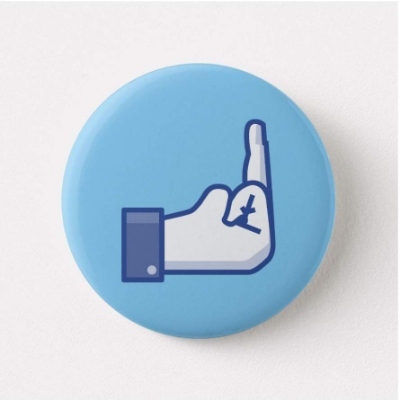1973 #Ethernet as one of the defining information technologies in modern communication was developed at #PARC by Chuck Thackers for #Alto #Computer s. What Bob Metcalf, Butler Lampson, and Dave Boggs built for the #ARPAnet is connecting us all today— via the #Internet, & @fediverse.
So, in 2023 this one of the #IT #anniversaries and worth to look back into #Xerox PARC development with a #CHM tech video…
https://youtu.be/T9On2L0-ObU
The @art work is a #virtual tribute and part of the #retrocomputer #vector #POP series, made with @inkscape by #gfkDSGN
/#wow this get #really annoying to #read after a #while
Is the image supposed to be a screen shot with the editor and a color wheel, is it some meta commentary? I don’t get it.
I think it’s just to showcase that it was made in Inkscape
Ethernet is so versatile. I’ve seen a lot of places where they use it for phone and intercom wiring.
You are conflating layer 1 technologies (shielded or unshielded twisted pair, CAT3 through CAT7) with layer 2 technologies (Ethernet).
Layer one is the physical media itself. Alternatively some modern-day L1s are MoCA, Powerline, WiFi, fiber, and of course, 1000BaseT, whose standard specifies CAT5e or higher STP.
Layer two is how those bits get sent in that media. Ethernet is, by and far, the most familiar L2.
And then layer three is where we get to networking and start talking about IP addresses (IP being the most familiar L3).
Ethernet is a protocol, not a medium. Cat5/5e/6/6a/7/etc are most commonly used as the physical link layer for Ethernet, but they’re just twisted pair copper.
Ethernet can also be run over coaxial, fiber, or the air.
Here is an alternative Piped link(s):
https://piped.video/T9On2L0-ObU
Piped is a privacy-respecting open-source alternative frontend to YouTube.
I’m open-source; check me out at GitHub.





